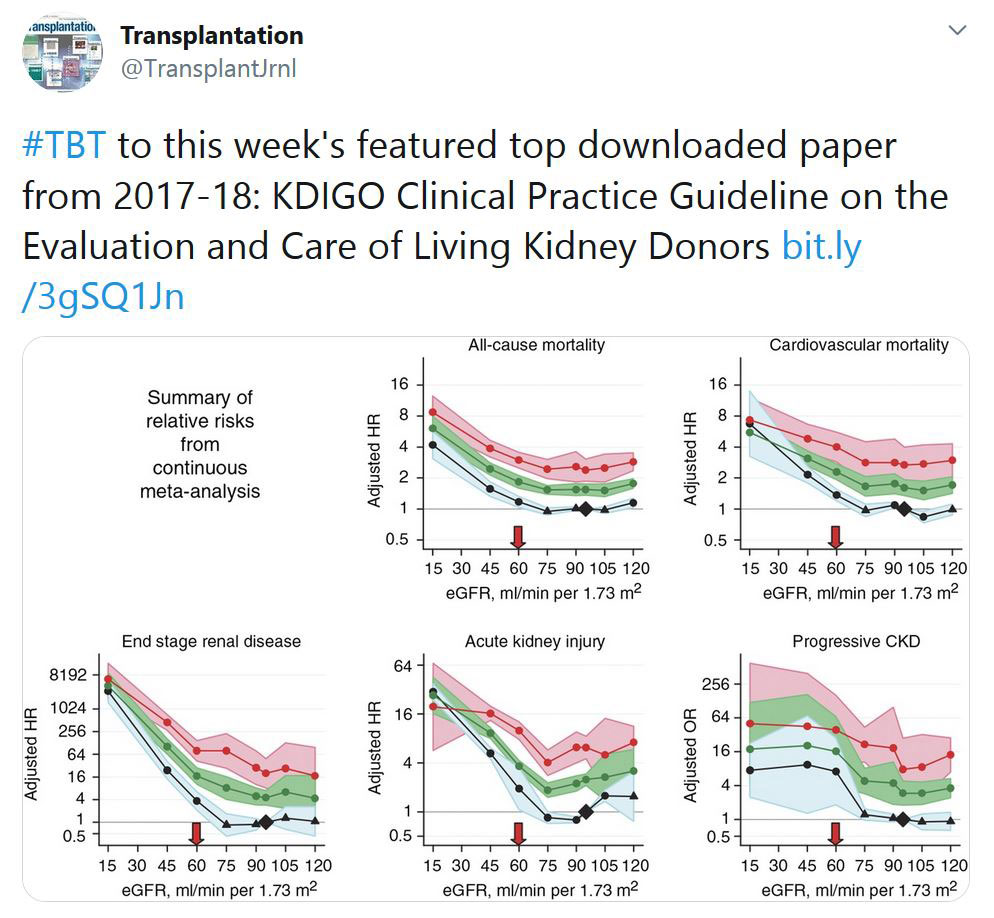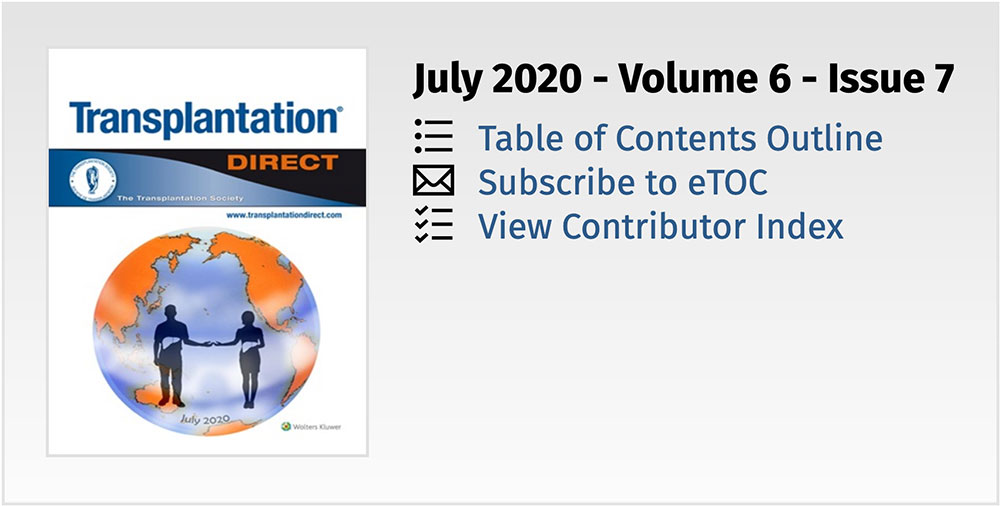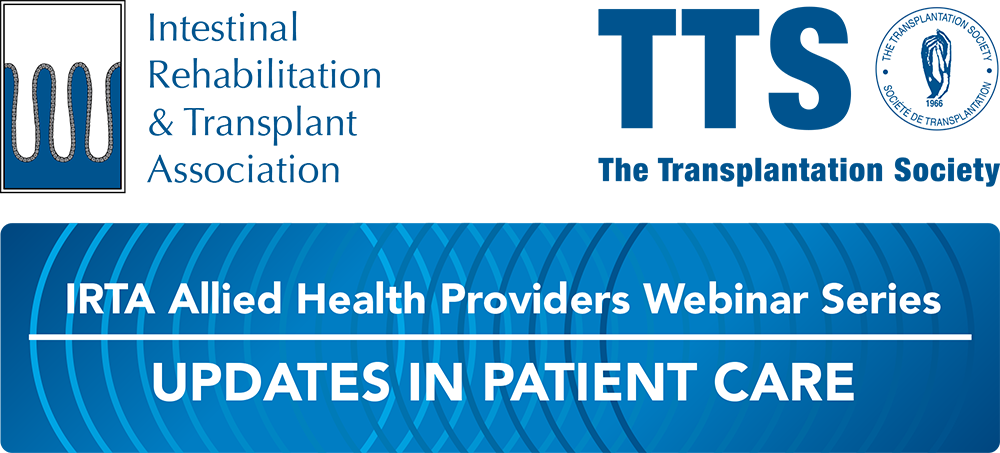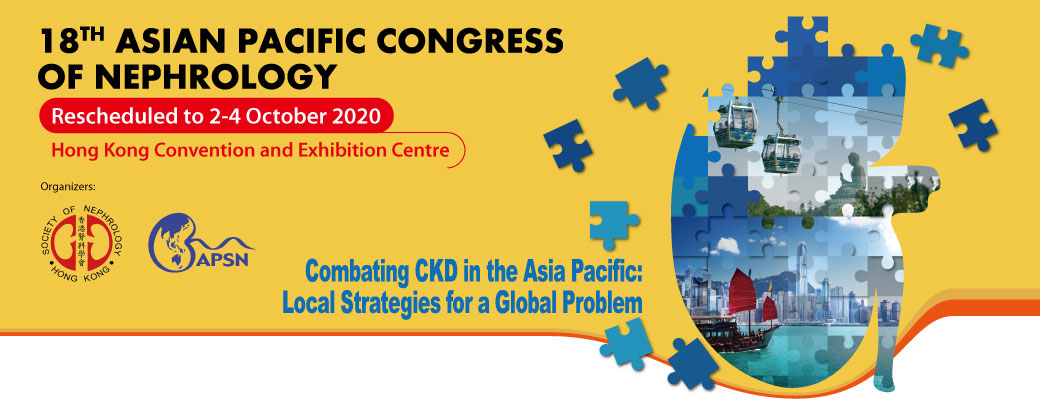
SERVING THE INTERNATIONAL TRANSPLANTATION COMMUNITY

The virtual SOTA and Workshop session presentations are now available online by topic track. Begin building your personal congress agenda today!
Don't miss this digital opportunity to engage with thousands of medical professionals while learning the science from the comfort of your desk!
As we wish to bring our Congress to the entire international transplantation community, and in everyone’s individual time zone, we developed a program and schedule that would allow all delegates to access the Congress programming during two time periods regardless of geographic region.
A LONGITUDINAL AND INTERNATIONAL SURVEY OF TRANSPLANT CENTERS DURING THE COVID-19 PANDEMIC
| Short title: LIST-COVID-19 |
| Design: Prospective, observational, longitudinal and international studyParticipants: Transplant physicians and leadership |
| Planned sample size: 500 physicians |
| Planned study period: 2 years covering three phases of the COVID-19 pandemic: the ramp-down, the ramp-up and the aftermath |
Objectives:
|
| Data collection: A survey during each phase supplemented with objective data from publically available transplant registries |
Data analysis:
|
Outline and timeline of the LIST-COVID-19 studyPhase I
Phase II
Phase III
|
Contact
|
TRANSPLANTATION - HIGHLIGHTED ARTICLE

Dr. Jeremy R. Chapman, Editor-in-Chief, Transplantation
Nomenclature for Kidney Function and Disease: Executive Summary and Glossary From a Kidney Disease: Improving Global Outcomes (KDIGO) Consensus Conference
Levey AS, Eckardt K, Dorman NM, et al.
Transplantation: June 15, 2020 - Volume Online First
Published ahead of Print in Transplantation, as well as in many other kidney journals, is a joint statement from the KDIGO and from the contributing publishing journals, that aims to standardise terms used in communications about kidney disease. The cacophony of different terms and phrases have served to confuse rather than inform and lack the precision that we need for comparisons across countries, studies and research findings. The paper provides a glossary of suggested terms and approaches to nomenclature eg using ’Kidney’ not ‘renal’ and being specific about Chronic Kidney Disease as something more than simply a GFR<60ml/min.
The journal is not enforcing conformances with the new standards but hopes that authors will quickly tend to the standard, such that in a year or two it will not only be natural for authors but also simple to convert to mandatory standardized nomenclature. Well worth a read and keeping close at hand as you write your next paper.
TRANSPLANTATION - WEEK'S MOST DOWNLOADED PAPER
ISN-TTS WEBINAR: IMMUNOLOGICAL RISK ASSESSMENT AND MANAGEMENT
«HOT OFF THE PRESS» RECENT PUBLICATIONS IDENTIFIED BY TTS EDUCATION COMMITTEE ON COVID-19
This week's selection made by: Enver Akalin, Millie Samaniego and Gabriel Gondolesi

Chu DK, Akl EA, Duda S, et al.
Lancet. 2020;395(10242):1973-1987. doi:10.1016/S0140-6736(20)31142-9
This article investigated the optimum distance for avoiding person-to-person virus transmission and to assess the use of face masks and eye protection to prevent transmission of viruses, by performing a frequentist and Bayesian meta-analyses and random-effects meta-regressions. Authors identified 172 observational studies across 16 countries and six continents, with no randomize controlled trials and 44 relevant comparative studies in health-care and non-health-care settings (n=25 697 patients). According to the study, transmission of viruses was lower with physical distancing of 1 m or more, compared with a distance of less than 1 m; face mask use could result in a large reduction in risk of infection, with stronger associations with N95 or similar respirators compared with disposable surgical masks or similar; and eye protection also was associated with less infection.
Polak WG, Fondevila C, Karam V, et al.
[published online ahead of print, 2020 Jul 1]. Transpl Int. 2020;10.1111/tri.13680. doi:10.1111/tri.13680
109 out of 149 (73%) of ELTR centers located in 28 European countries (93%) responded. 94 (86%) of the centers tested all donors and 75 (69%) centers tested all LT recipients for SARS-Cov-2. 73 (67%) centers selected recipients for LT in the COVID-19 pandemic, whereas 33% did not. Eighty-eight centers reported COVID-19 infection in 57 LT candidates and in 272 LT recipients. Overall crude incidence of COVID-19 among LT candidates and recipients was estimated 1.05 % (range 0.5%-20% and 0.34% (range 0.1%-4.8%), respectively and it was significantly higher among candidates (p<0.001). Crude rate of death was 18% (10/57) among candidates and 15% (36/244) among recipients.
De Biasi, S., Meschiari, M., Gibellini, L. et al.
Nat Commun 11, 3434 (2020). https://doi.org/10.1038/s41467-020-17292-4
This article shows that, compared with healthy controls, COVID-19 patients’ T cell compartment displays several alterations involving naïve, central memory, effector memory and terminally differentiated cells, as well as regulatory T cells and PD1 +CD57+ exhausted T cells. Significant alterations exist also in several lineage-specifying transcription factors and chemokine receptors. Terminally differentiated T cells from patients proliferate less than those from healthy controls, whereas their mitochondria functionality is similar in CD4+ T cells from both groups. Patients display significant increases of proinflammatory or anti-inflammatory cytokines, including T helper type-1 and type-2 cytokines, chemokines and galectins; their lymphocytes produce more tumor necrosis factor (TNF), interferon-γ, interleukin (IL)-2 and IL-17, with the last observation implying that blocking IL-17 could provide a novel therapeutic strategy for COVID-19.
Merkler AE, Parikh NS, Mir S, et al.
JAMA Neurol. Published online July 02, 2020. doi:10.1001/jamaneurol.2020.2730
In this retrospective cohort study from 2 New York City academic hospitals, approximately 1.6% of adults with COVID-19 who visited the emergency department or were hospitalized experienced ischemic stroke, a higher rate of stroke compared with a cohort of patients with influenza.
JUST RELEASED - TRANSPLANTATION DIRECT - JULY ISSUE
The July issue of Transplantation Direct is ready for open access viewing. There are several articles on the topic of kidney transplantation, including an investigation on the relationship between donor-derived cell-free DNA and infectious complications. An alternative oxygenation technique that can be practically applied during hypothermic organ machine perfusion is presented in a pig model. Regarding kidney organ donation and transplantation, we have articles on living donation trends related to race and ethnicity in children in the USA, and on a randomized trial testing the use of educational animations to help inform transplant candidates about whether to accept organs with a variable kidney donor profile index (KDPI) and increased risk donor (IRD) status. We also have an interesting study on assessing the potential benefits to dialysis caregivers of themselves considering living donation; a separate commentary on this study is provided. In simultaneous kidney liver transplantation, experience is presented on patients with DSA development and how to treat these cases. For those interested in lung transplantation, a study on the influence of nutritional risk index on outcomes is presented. In bone marrow transplantation, a special case is presented on a stem cell recipient developing a constellation of Strongyloides stercoralis, HTLV-1 and CMV infections. The annual reports on pancreas and islet donations from the ANZDATA are available in this issue. Finally, regional registry reports (including from the Johns Hopkins Health Care System, and others) on the pervasiveness of the COVID-19 threat to the transplant population is published. Full access to all of these articles can be found on our Transplantation Direct website.
CORONAVIRUS (COVID-19) UPDATE DASHBOARD
The Transplantation Society (TTS) and our journal Transplantation have developed online resources to keep you informed on the Coronavirus (COVID-19) outbreak.
- TTS Coronavirus (COVID-19) Dashboard
www.tts.org/covid-19 - Transplantation Global Transplantation COVID Report
www.tts.org/txjcovid19
We are also requesting contributions and news from the transplant community to be sent to covid-19@tts.org for inclusion on our resources page.
In this dashboard, you will find links to TTS and other global and regional resources, as well as interactive maps, publications and webinars. We encourage you to explore this dashboard and share with your colleagues.
Website - www.tts.org/covid-19
Editors and contributors to Transplantation have shared their thoughts on how they are dealing with the current crisis. While we understand that the information of today may be quite different tomorrow in this fast-moving pandemic, this report will open our forum of an international exchange on COVID for the transplant community.
Website - www.tts.org/txjcovid19
Please send your own contributions and news to covid-19@tts.org for inclusion on our resources page.
IRTA ALLIED HEALTH PROVIDERS WEBINAR
TITLE: PEDIATRIC INTESTINAL FAILURE AND TRANSPLANT: UPDATES IN PATIENT CARE
The Allied Health Provider Committee of IRTA is pleased to present the second webinar of the Allied Health 2020 Speaker Series. This webinar will focus on patient care strategies and outcomes within intestinal rehabilitation and transplant. The topics presented will provide updates focusing on nutritional interventions, psychological challenges and psychosocial stressors in intestinal failure and intestine transplant. Each presentation will be 15 minutes in length followed by a 5-minute question period.
IN THE NEWS
HHS ANNOUNCES NEW ORGAN TRANSPLANT GUIDANCE
June 25 - The U.S. Department of Health and Human Services and the U.S. Public Health Service (USPHS) published an updated solid organ transplant guideline to assess donors and monitor recipients for human immunodeficiency virus (HIV), hepatitis B virus, and hepatitis C virus infections. This guideline reflects advances in transplant technology and safety that can increase the number of organs available for transplants.
SCIENTISTS PROVE BIOENGINEERED UTERI SUPPORT PREGNANCY
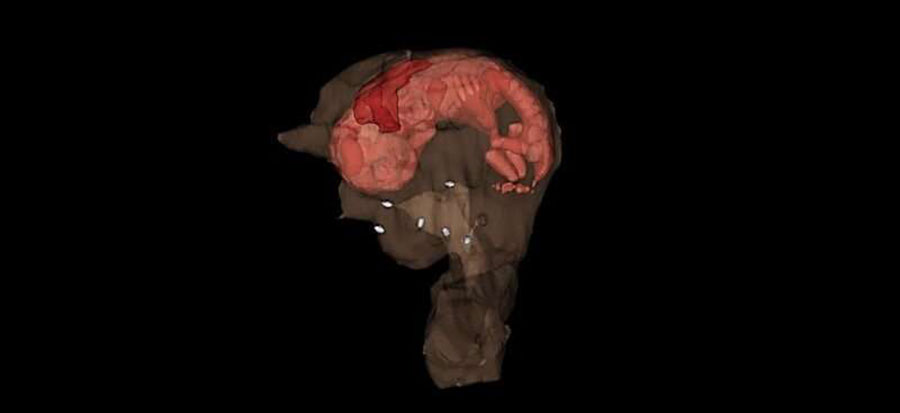
June 29 - In new research from the Wake Forest Institute for Regenerative Medicine (WFIRM), scientists have shown that bioengineered uteri supported fertilization, fetal development, and live birth with normal offspring. With further development, this approach may someday provide a regenerative medicine solution for women with the inability to get pregnant due to uterine dysfunctional infertility.
FAECAL MICROBIAL TRANSPLANTATION MORE EFFECTIVE AND LESS COSTLY THAN ANTIBIOTICS TO TREAT C-DIFF INFECTIONS, NEW STUDY SHOWS

June 29 - An innovative treatment for patients with Clostridium difficile infection (CDI) which uses transplanted gut bacteria to treat the infection, is a more effective and more cost-efficient treatment than using antibiotics, a new UK study has found.
A REVOLUTIONARY NEW TREATMENT ALTERNATIVE TO CORNEAL TRANSPLANTATION
June 30 - A new approach in ophthalmology that offers a revolutionary alternative to corneal transplantation has just been developed by researchers and clinicians in North America, Europe, and Oceania.
UPCOMING MEETINGS AND ANNOUNCEMENTS
18th Asian Pacific Congress of Nephrology (APCN)
Contact
Address
The Transplantation Society
International Headquarters
740 Notre-Dame Ouest
Suite 1245
Montréal, QC, H3C 3X6
Canada
Используйте Вавада казино для игры с бонусом — активируйте промокод и начните выигрывать уже сегодня!

